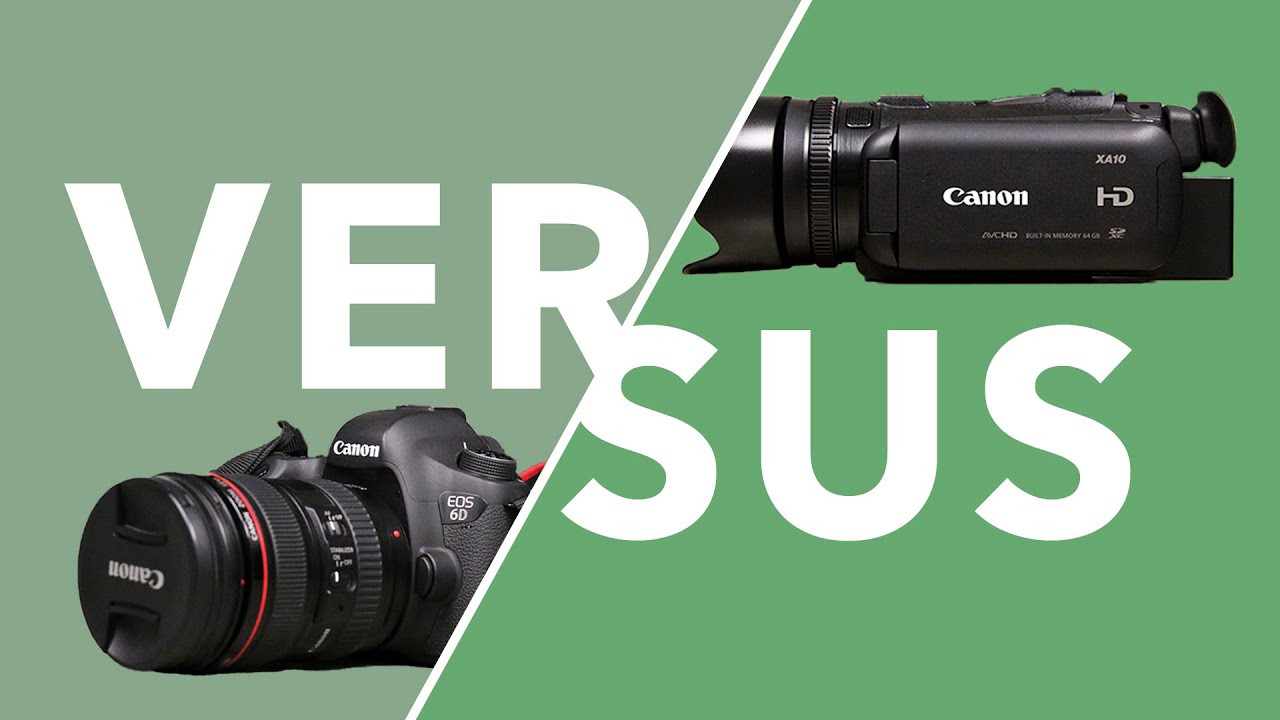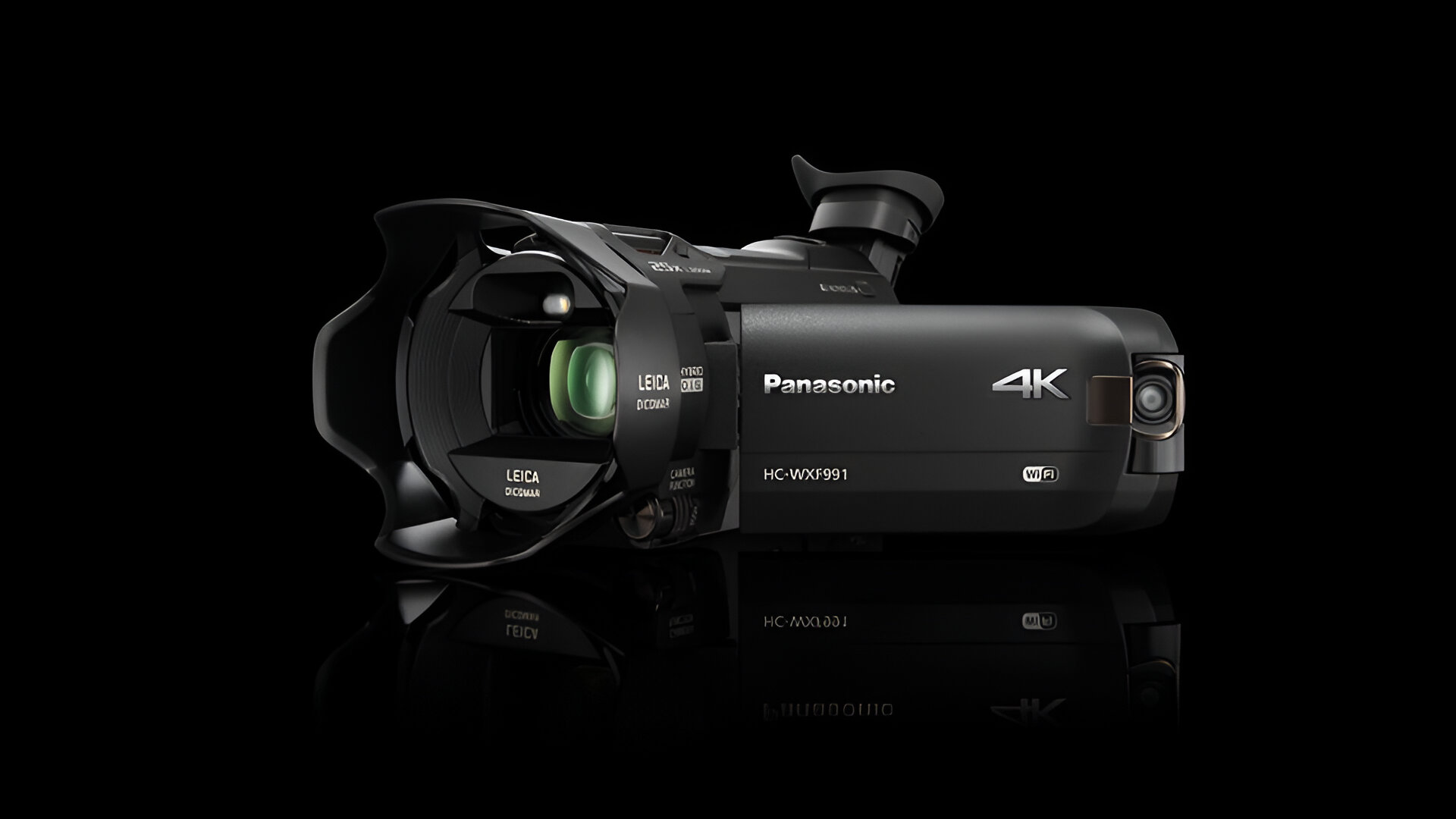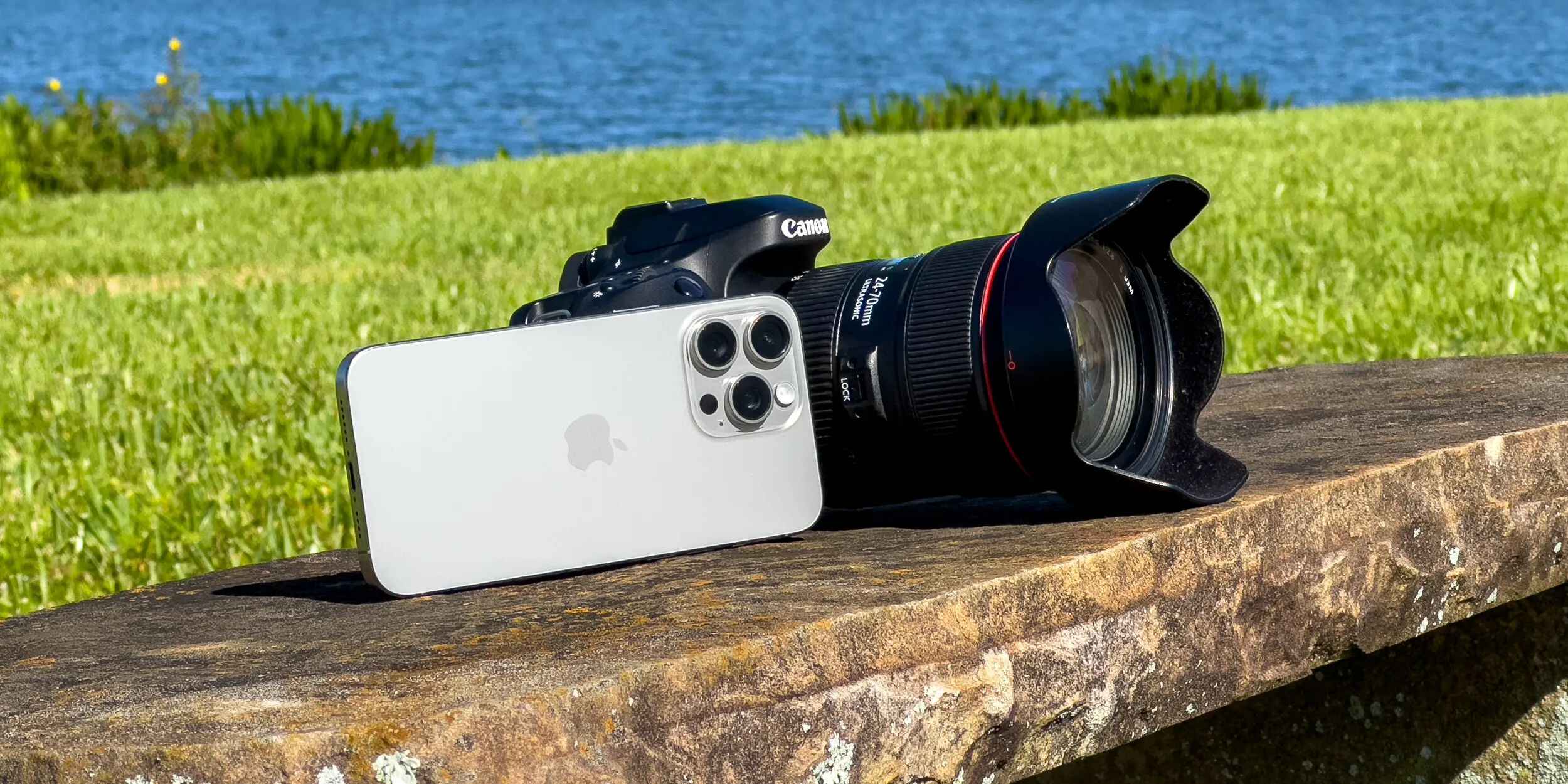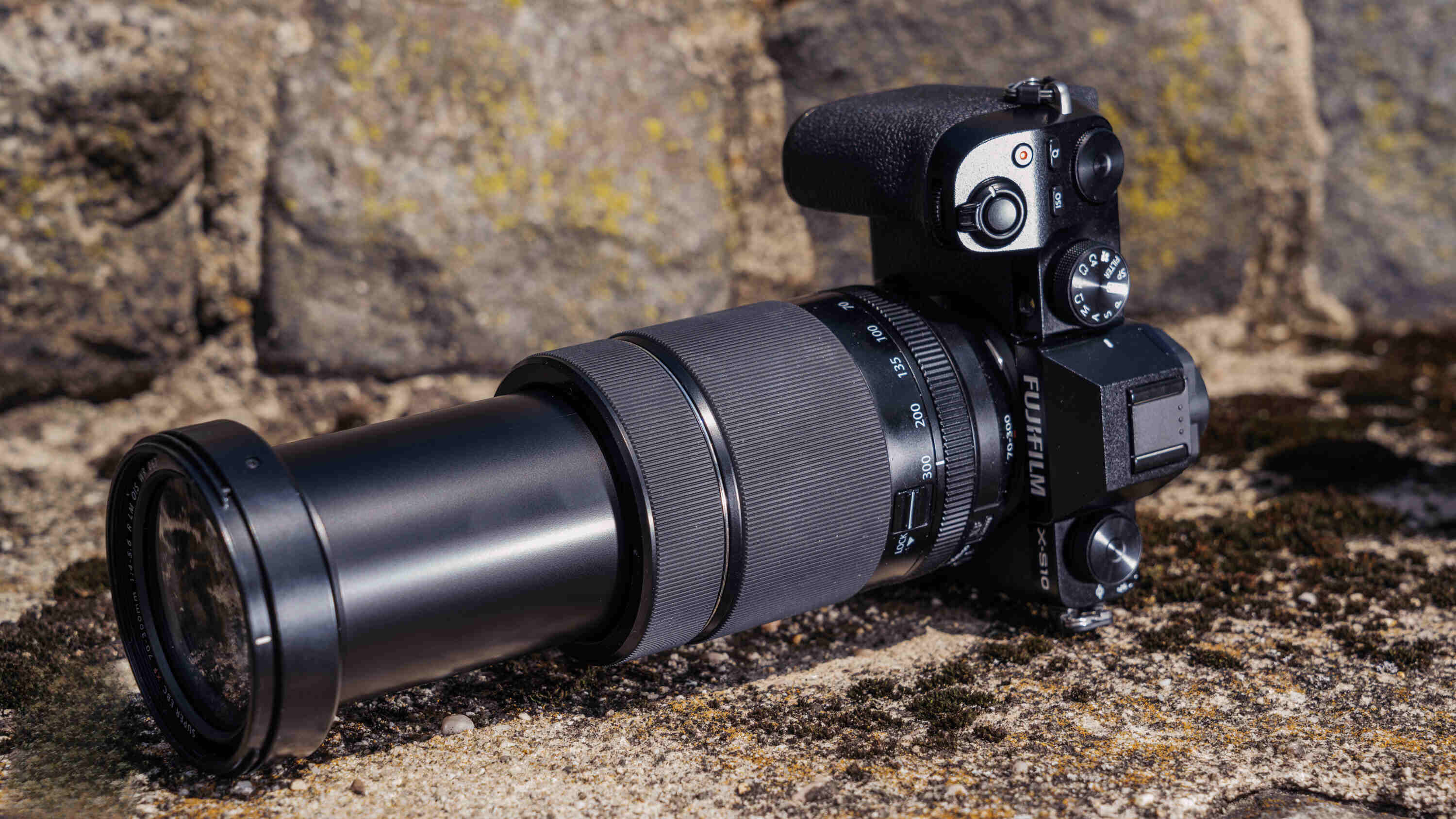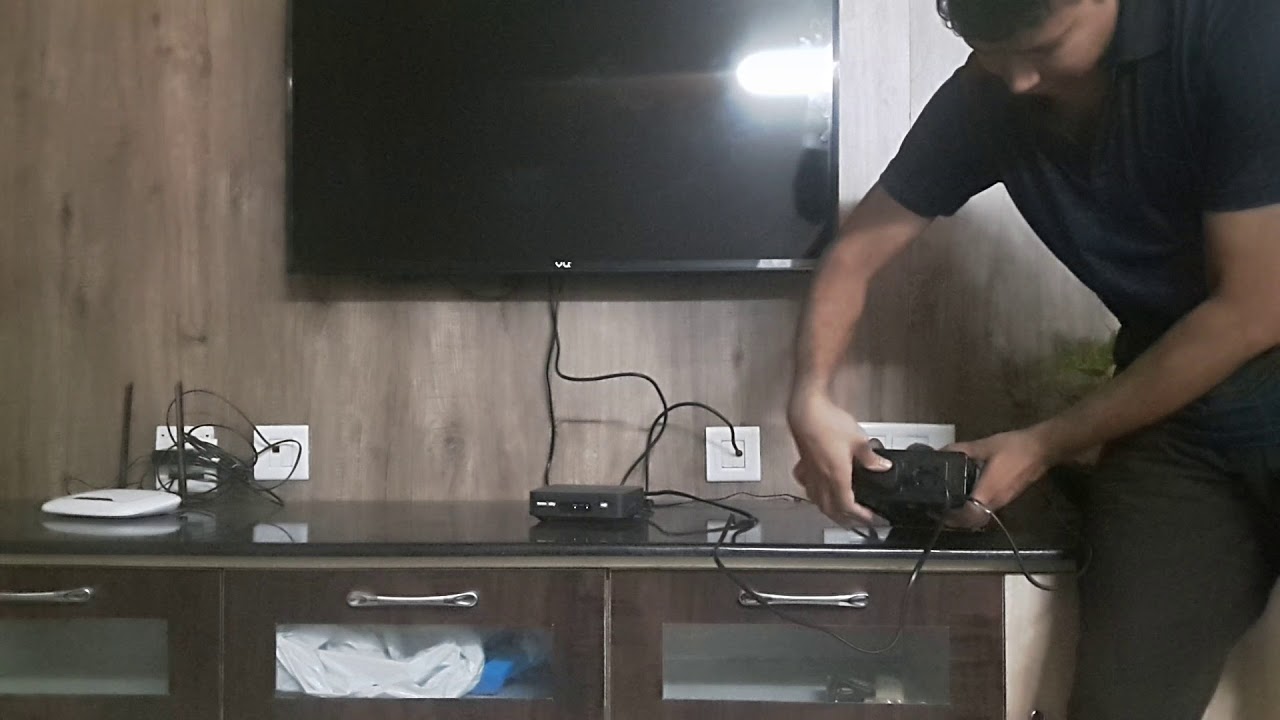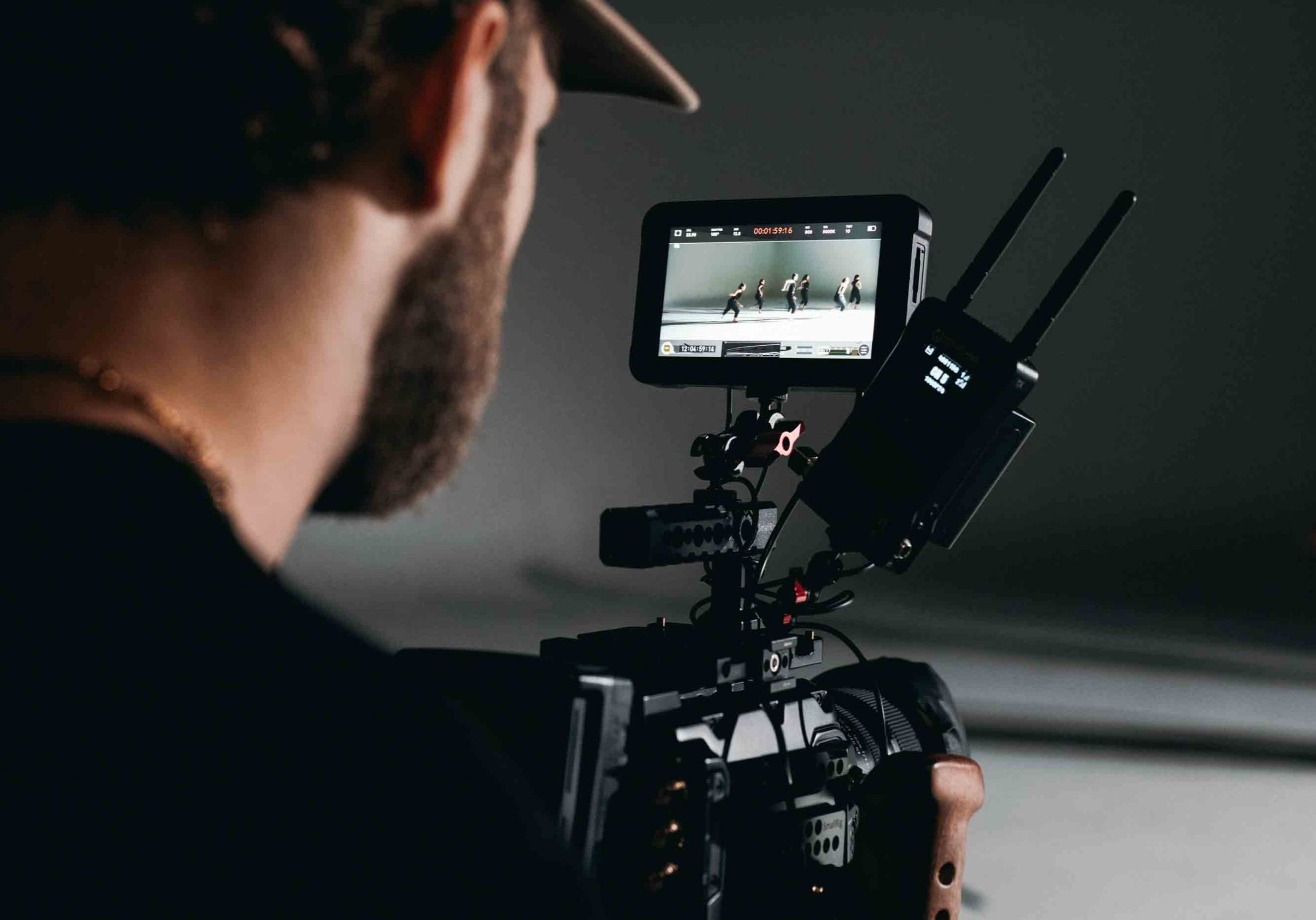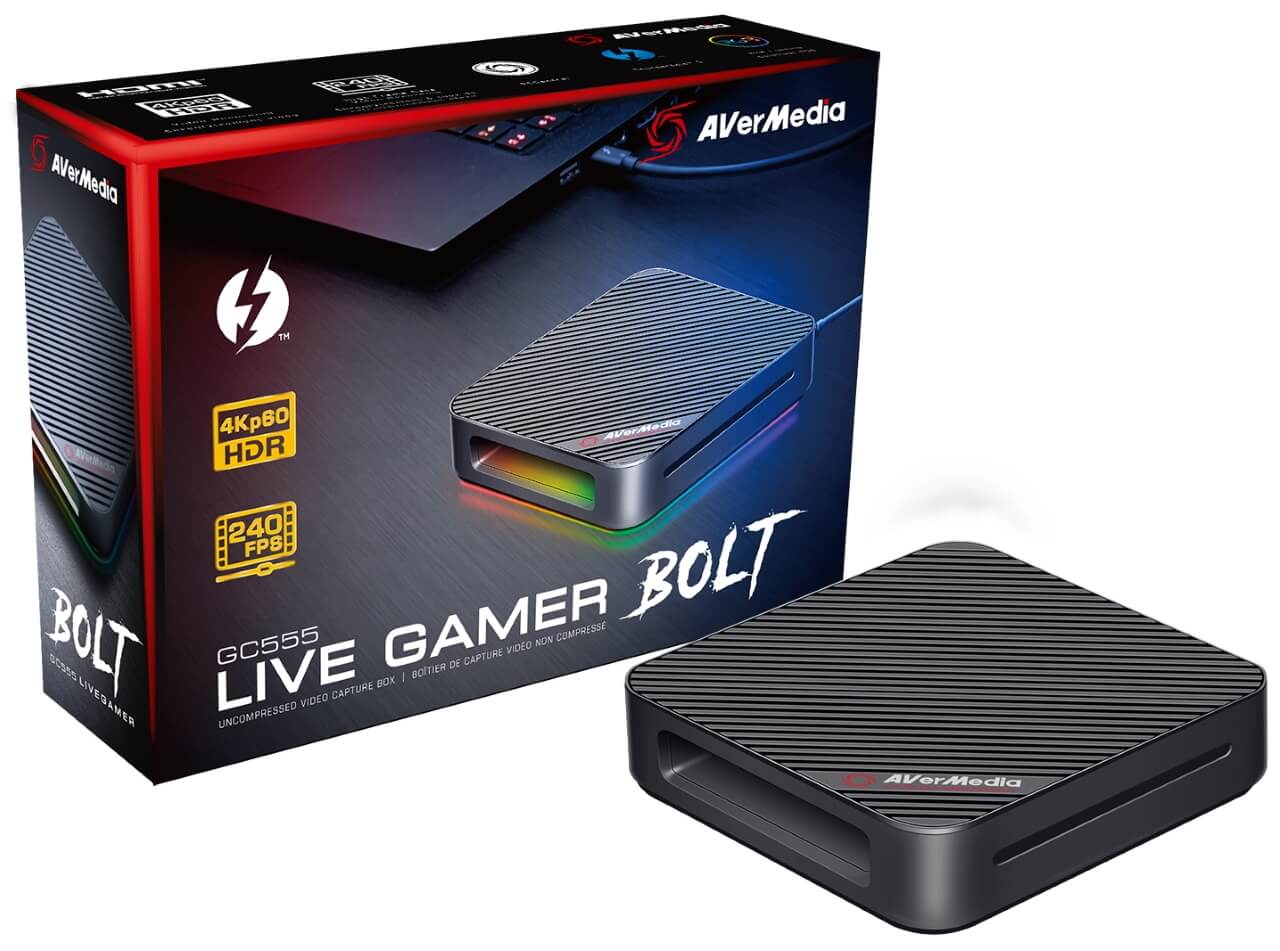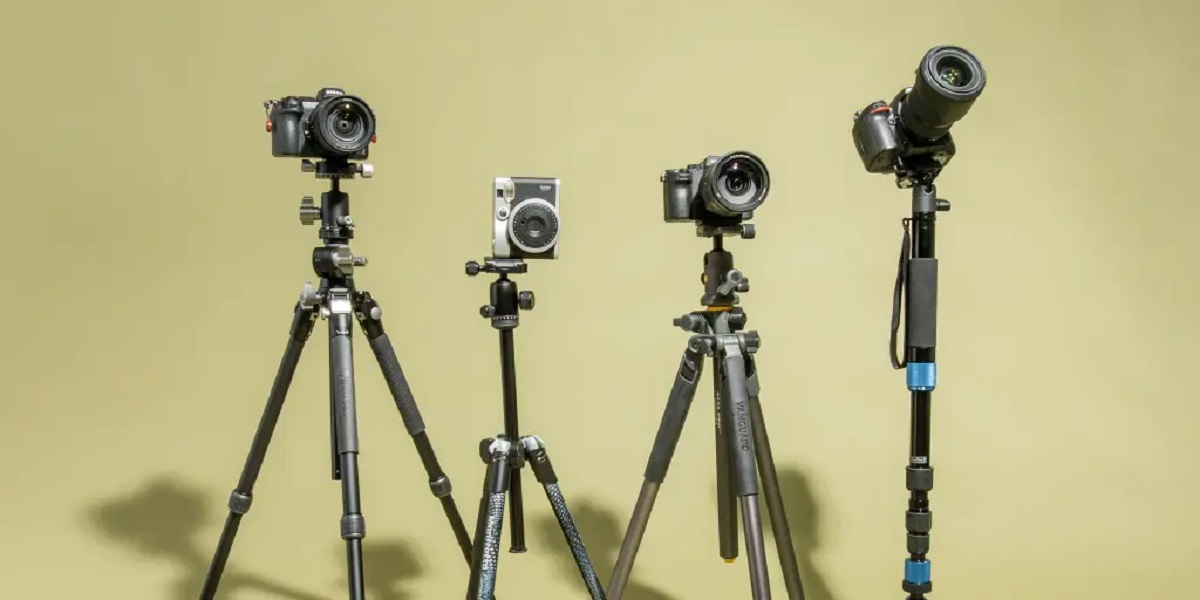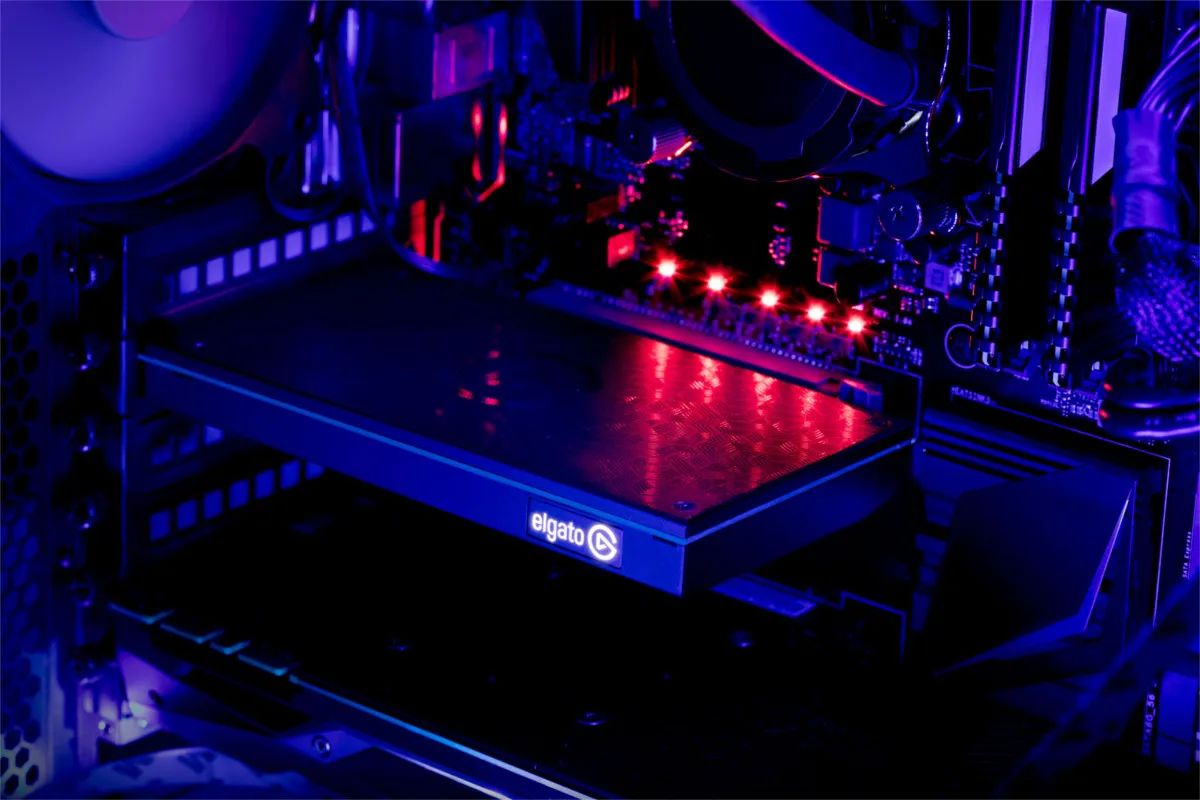Introduction
When it comes to capturing life’s precious moments, having the right equipment can make all the difference. Whether you’re a budding photographer or a videography enthusiast, the choice between a DSLR camera and a camcorder can be a tough one. Both devices have their own unique strengths and weaknesses, and understanding these nuances is crucial in making an informed decision.
DSLR cameras are renowned for their exceptional image quality and versatility, making them a popular choice among photography enthusiasts. On the other hand, camcorders are specifically designed for capturing high-quality videos, offering features tailored to the needs of videographers. In this comprehensive comparison, we’ll delve into the key factors that can help you determine whether a DSLR or a camcorder is the better option for your specific needs.
From image and video quality to portability and price, each aspect plays a pivotal role in shaping the overall user experience. By exploring these factors in detail, you’ll gain valuable insights that will empower you to make an informed decision based on your unique preferences and requirements.
Image Quality
One of the primary considerations when choosing between a DSLR and a camcorder is the image quality they can deliver. DSLR cameras are celebrated for their ability to capture stunning, high-resolution images with exceptional clarity and depth. Equipped with larger image sensors and a wide range of interchangeable lenses, DSLRs excel in producing sharp, detailed photographs that are rich in color and contrast. The manual control over settings such as aperture, shutter speed, and ISO further enhances the creative possibilities, allowing photographers to fine-tune the image capture process to their exact specifications.
On the other hand, camcorders are designed primarily for video recording, and while they can capture still images, they generally fall short in comparison to DSLRs in terms of image quality. Camcorders typically have smaller sensors and fewer manual controls, resulting in images that may not exhibit the same level of detail and dynamic range as those produced by DSLRs. However, for individuals primarily focused on videography, the image quality of a camcorder may still meet their needs, especially when combined with advanced video recording features and stabilization technologies.
Ultimately, the choice between a DSLR and a camcorder in terms of image quality hinges on the specific requirements of the user. If high-resolution still photography is a priority, particularly in settings such as landscape, portrait, or wildlife photography, a DSLR’s superior image quality and creative control may be the preferred option. Conversely, for those who prioritize video recording and desire a device optimized for this purpose, a camcorder’s image quality, while not on par with a DSLR, may still be satisfactory for their needs.
Video Quality
When it comes to capturing moving images, the video quality offered by DSLR cameras and camcorders is a crucial factor to consider. DSLRs have evolved to become formidable contenders in the realm of videography, offering high-definition video recording capabilities that rival those of dedicated camcorders. With the ability to capture cinematic footage with stunning depth of field and exquisite detail, DSLRs have become a popular choice for videographers seeking professional-grade video quality.
Furthermore, the availability of a diverse range of lenses for DSLRs provides videographers with the flexibility to achieve various visual effects and perspectives, enhancing the overall quality and creativity of their video productions. The manual control over exposure settings and focus adds another layer of sophistication, empowering users to fine-tune their video recordings with precision.
On the other hand, camcorders are purpose-built for video recording, offering features and functionalities specifically tailored to this task. With advanced image stabilization, superior autofocus systems, and built-in microphones optimized for capturing high-quality audio, camcorders excel in delivering smooth, professional-looking video footage with minimal effort and technical know-how required from the user.
While DSLRs have made significant strides in video recording capabilities, particularly in terms of image quality and creative control, camcorders remain a compelling choice for individuals whose primary focus is capturing high-quality videos without the need for extensive manual adjustments. The decision between a DSLR and a camcorder for video recording ultimately hinges on the user’s specific preferences, shooting style, and the level of creative control they seek in their video productions.
Versatility
When evaluating the versatility of DSLR cameras and camcorders, it’s essential to consider the range of shooting scenarios and creative applications for which each device is well-suited. DSLRs are renowned for their adaptability across a broad spectrum of photography genres, from portrait and landscape to macro and sports photography. The ability to interchange lenses and customize settings empowers photographers to seamlessly transition between different shooting styles and environments, making DSLRs a versatile choice for individuals with diverse photographic interests.
Moreover, the versatility of DSLRs extends beyond still photography, as these devices have evolved to offer robust video recording capabilities that cater to the needs of videographers and content creators. With the ability to capture high-quality video footage alongside stunning still images, DSLRs have become a go-to option for individuals seeking a multifaceted imaging tool that excels in both domains.
On the other hand, camcorders are purpose-built for video recording, offering a specialized set of features optimized for capturing smooth, high-quality footage across various shooting scenarios. From handheld vlogging and documentary-style filming to event coverage and professional videography, camcorders are designed to deliver consistent performance in video-centric applications, prioritizing ease of use and seamless operation for users focused primarily on video production.
While DSLRs have expanded their capabilities to encompass video recording, camcorders remain the preferred choice for individuals whose primary focus is capturing high-quality videos without the need for extensive manual adjustments. The dedicated design of camcorders, coupled with features such as extended zoom ranges, built-in ND filters, and ergonomic form factors, positions them as versatile tools tailored specifically for video-centric applications.
Ultimately, the choice between a DSLR and a camcorder in terms of versatility hinges on the user’s specific creative pursuits and the balance between still photography and video recording within their imaging workflow. Whether seeking a multifaceted imaging tool that excels in both domains or a specialized device optimized for dedicated video production, understanding the unique strengths and adaptability of DSLRs and camcorders is paramount in making an informed decision.
Portability
When it comes to portability, the size, weight, and overall form factor of DSLR cameras and camcorders play a pivotal role in determining their suitability for various shooting scenarios and user preferences. DSLRs, characterized by their interchangeable lenses and robust bodies, offer a high degree of versatility but may be bulkier and heavier compared to camcorders. While this sturdier build quality can be advantageous in certain situations, it may also pose challenges in terms of portability, especially during extended periods of handheld shooting or when mobility is a primary concern.
Conversely, camcorders are typically designed with a more compact and lightweight form factor, making them well-suited for on-the-go shooting and situations where portability is paramount. The ergonomic design of camcorders, often featuring integrated handles and streamlined controls, enhances their maneuverability and ease of use, particularly in fast-paced filming environments or when shooting in confined spaces where a smaller footprint is advantageous.
For individuals prioritizing mobility and seamless operation, the portability of a camcorder may offer a distinct advantage over the bulkier profile of a DSLR. Whether capturing events, vlogging on the move, or engaging in run-and-gun documentary-style filming, the compact nature of camcorders can facilitate a more agile and unobtrusive approach to video recording, allowing users to navigate diverse shooting environments with greater ease.
While DSLRs may present challenges in terms of portability due to their larger form factor and the need to carry multiple lenses for varied shooting scenarios, their robust build quality and adaptability across photography and videography can offset these limitations in certain contexts. Additionally, advancements in mirrorless camera technology have led to the development of more compact and lightweight interchangeable lens cameras that offer a middle ground between traditional DSLRs and camcorders, catering to users seeking a balance between portability and versatility.
Ultimately, the decision between a DSLR and a camcorder in terms of portability hinges on the user’s shooting style, mobility requirements, and the balance between the device’s form factor and its intended applications. Understanding the trade-offs between size, weight, and functionality is crucial in selecting the most suitable imaging tool that aligns with the user’s preferences and practical considerations.
Audio Quality
When evaluating the audio quality of DSLR cameras and camcorders, it’s essential to consider the built-in audio recording capabilities and the potential for external audio enhancements. DSLRs, originally designed primarily for still photography, have historically lagged behind camcorders in terms of in-camera audio quality. While some DSLR models offer basic built-in microphones for capturing audio, the resulting sound may lack the depth and clarity required for professional-grade video productions.
However, the versatility of DSLRs allows users to leverage external microphones and audio recording accessories to enhance the overall audio quality of their video recordings. By utilizing dedicated external microphones, audio recorders, and other supplementary audio equipment, videographers can achieve superior sound capture and control, effectively compensating for the inherent limitations of in-camera audio capabilities.
On the other hand, camcorders are engineered with a primary focus on video recording, and as such, they often feature built-in microphones and audio systems optimized for capturing high-quality sound. Advanced camcorder models may incorporate professional-grade microphone inputs, XLR connectors, and integrated audio processing features, offering users a comprehensive audio solution directly within the device.
For individuals seeking a streamlined audio recording experience without the need for extensive external accessories, camcorders provide a compelling option with their built-in audio capabilities. The seamless integration of high-quality microphones and audio controls within camcorders simplifies the audio capture process, catering to users who prioritize efficient and reliable sound recording in their video productions.
While DSLRs may initially lag behind camcorders in terms of built-in audio quality, the flexibility to integrate external audio recording solutions empowers users to achieve professional-grade sound capture, effectively bridging the gap between the two device categories. By leveraging external microphones, audio recorders, and advanced audio processing tools, DSLR users can elevate the audio quality of their video recordings to meet the standards of professional productions.
Ultimately, the choice between a DSLR and a camcorder in terms of audio quality hinges on the user’s preference for in-camera simplicity versus the potential for advanced audio enhancements through external equipment. Understanding the trade-offs between built-in audio capabilities and the scope for external audio optimization is crucial in selecting the most suitable device that aligns with the user’s audio recording requirements and creative aspirations.
Low Light Performance
Low light performance is a critical consideration for both DSLR cameras and camcorders, particularly in scenarios where natural or artificial lighting may be limited. DSLRs, renowned for their larger image sensors and advanced low light capabilities, excel in capturing high-quality images in challenging lighting conditions. The ability to achieve lower noise levels and retain detail in low light environments makes DSLRs a preferred choice for photographers who frequently encounter dimly lit settings, such as indoor events, nighttime photography, and astrophotography.
Furthermore, the availability of a wide range of fast lenses for DSLRs, coupled with the flexibility to adjust exposure settings and utilize advanced noise reduction techniques, enhances their performance in low light conditions, allowing photographers to capture stunning images with minimal noise and maximum detail, even in challenging lighting scenarios.
On the other hand, camcorders, while capable of capturing video in low light, may face inherent limitations due to their smaller image sensors and compact form factors. The reduced sensor size and limited manual control over exposure settings may result in compromised low light performance, leading to increased noise and reduced image clarity in dimly lit environments.
However, advancements in camcorder technology have led to the integration of features such as larger sensors, improved low light sensitivity, and enhanced image processing capabilities, mitigating some of the traditional challenges associated with low light video recording. Additionally, the availability of built-in or attachable lighting accessories can further augment the low light performance of camcorders, providing users with additional flexibility in challenging lighting conditions.
Ultimately, the choice between a DSLR and a camcorder in terms of low light performance hinges on the user’s specific imaging requirements and the balance between still photography and video recording in low light environments. Understanding the unique strengths and limitations of each device category in low light scenarios is crucial in making an informed decision that aligns with the user’s creative vision and practical needs.
Price
When comparing the price points of DSLR cameras and camcorders, several factors come into play, including the initial investment, ongoing costs, and the overall value proposition offered by each device category. DSLRs, known for their versatility and ability to deliver exceptional image quality, often come with a higher upfront cost, particularly when factoring in the purchase of additional lenses, accessories, and related equipment to fully harness their creative potential.
While the initial investment in a DSLR and accompanying gear may be substantial, the long-term value and versatility of these devices can justify the higher upfront cost for individuals seeking a multifaceted imaging tool that excels in both still photography and video recording. The ability to adapt to diverse shooting scenarios, the availability of a wide range of lenses, and the potential for future upgrades and expansions contribute to the enduring appeal of DSLRs as a long-term investment for photography and videography enthusiasts.
On the other hand, camcorders, designed specifically for video recording, often offer a more accessible entry point in terms of pricing, making them an attractive option for users primarily focused on capturing high-quality videos without the need for extensive additional equipment. The streamlined nature of camcorders, with built-in lenses and integrated audio solutions, can present a cost-effective solution for individuals seeking a dedicated video recording device with a lower initial financial outlay.
However, it’s essential to consider the ongoing costs associated with both DSLRs and camcorders, including maintenance, accessories, and potential future upgrades. While DSLRs may involve higher initial expenses, the modular nature of these devices allows users to gradually expand their gear collection based on their evolving needs and budget, creating a scalable investment over time.
Conversely, while camcorders may offer a more budget-friendly entry point, the potential for future upgrades and enhancements, such as external microphones, additional lighting, or advanced stabilization systems, should be factored into the overall cost considerations for individuals seeking to elevate the quality and capabilities of their video productions.
Ultimately, the decision between a DSLR and a camcorder in terms of price hinges on the user’s budget, long-term goals, and the intended applications of the device. Understanding the total cost of ownership, including initial investment, ongoing expenses, and potential future upgrades, is crucial in making an informed decision that aligns with the user’s financial considerations and creative aspirations.
Conclusion
Choosing between a DSLR camera and a camcorder necessitates a thoughtful evaluation of the specific needs, creative aspirations, and practical considerations of the user. Each device category offers unique strengths and capabilities that cater to distinct imaging requirements, and understanding the nuanced differences is paramount in making an informed decision.
From image and video quality to versatility, portability, audio capabilities, low light performance, and price, the comparison between DSLRs and camcorders unveils a spectrum of factors that can influence the user’s ultimate choice. For individuals prioritizing exceptional image quality, creative control, and the ability to seamlessly transition between still photography and video recording, a DSLR emerges as a compelling option, offering a versatile imaging tool that excels in both domains.
Conversely, for users focused primarily on capturing high-quality videos with streamlined operation and built-in audio solutions, a camcorder presents an accessible and cost-effective choice, catering to the specific needs of videographers and content creators seeking a dedicated video recording device.
While DSLRs have expanded their capabilities to encompass video recording, the enduring appeal of these devices lies in their adaptability across diverse photography genres and the potential for advanced creative control. On the other hand, camcorders, with their compact form factors and specialized features, offer a simplified and efficient solution for users whose primary focus is video production.
Ultimately, the decision between a DSLR and a camcorder hinges on a delicate balance of imaging requirements, creative objectives, and practical considerations. By carefully weighing the trade-offs and advantages of each device category, users can select the most suitable tool that aligns with their artistic vision, shooting style, and long-term aspirations in the realm of photography and videography.







